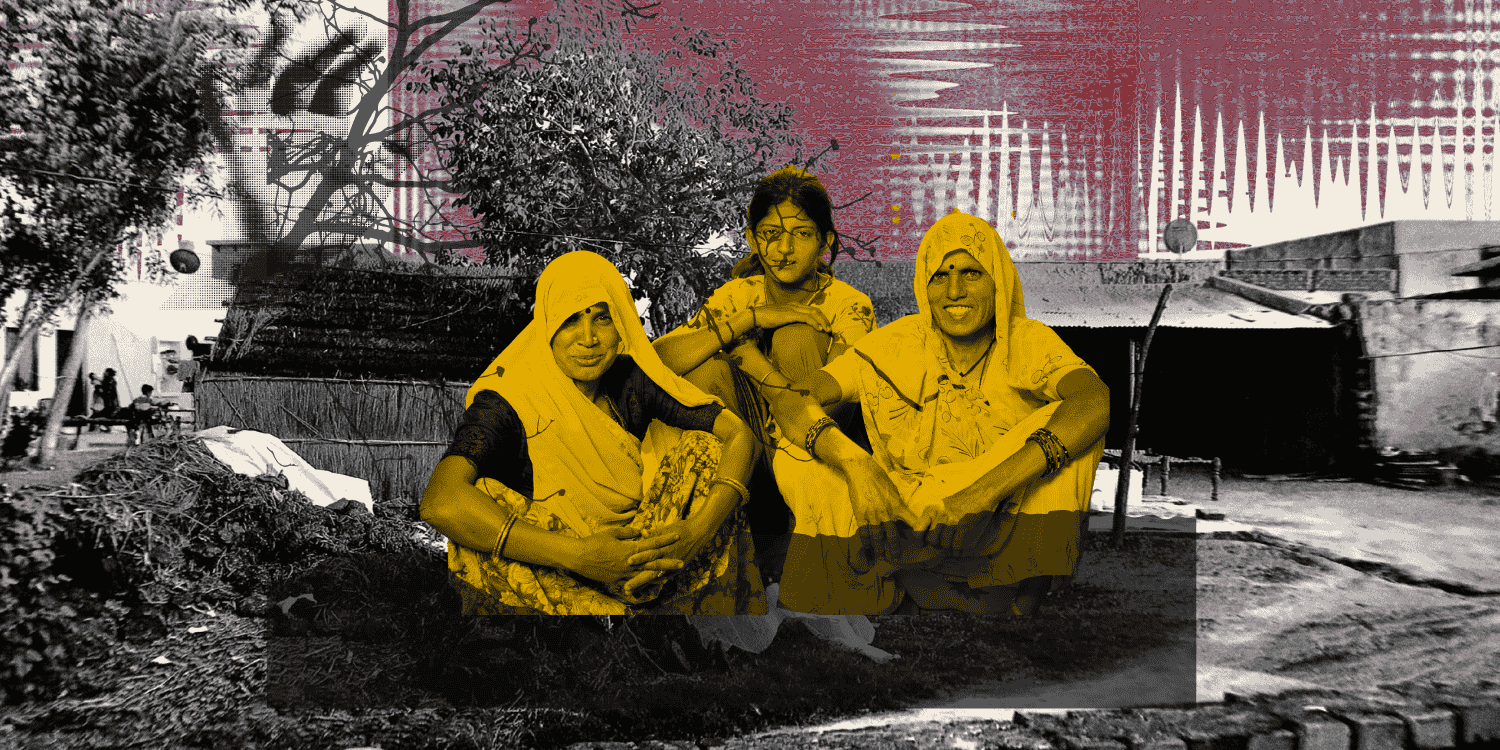Abstract: The MHA 2017 was a long time coming and a necessary revamp of the Indian State’s engagement with the mental health infrastructure of India. The Act makes claims of ensuring patient-centric affordable health care. This piece would specially advocate for a policy mechanism which recognises a larger ambit of mental healthcare practitioners to create engagement with the mental health infrastructure of the country. The paper employs stakeholder interviews to substantiate claims and offer possible policy changes.
Understanding the Mental Healthcare Spectrum
Mental Health Act [MHA], 2017 came into effect in May 2018 and repealed the Mental Health Act, 1987. This act was lauded for being patient-centric and ensuring that mental healthcare services were “available, affordable and accessible” (Mishra, A. & Galhotra, A. 2018). The act helps the Indian mental health legislation meet 68% of the WHO checklist for the given mental health legislation (Duffy, R. M. & Kelly, B. D., 2020). While the Mental Health Act 2017 (MHA, 2017) was a long time coming, and its decriminalisation of suicide was some critical improvements, this paper focuses on the patient-centric understanding of the bill.
The mental health spectrum is wide, requiring a policy understanding differentiating between mental health illness and mental healthcare. Mental health illness is diagnosed through clinical tests and has a clear prognosis involving medication and therapy but is not limited to the same. On the other hand, mental health care is the realisation of the need for life and mental health adjustment to better deal with ongoing stressors. However, it is critical to understand how the Indian Mental Health Act engages and fails to recognise regularising the myriad qualifications of mental health practitioners.
At present, education institutions in India train mental health practitioners for mental illness (psychiatrists, clinical psychologists, nurses) and mental health care (psychologists, counsellors, therapists, to name a few). Yet, no law currently recognises the ample ambit of mental healthcare practitioners. The MHA, 2017 only recognises clinical psychologists and psychiatrists as mental health practitioners, which only encompasses mental health infrastructure for mental illness.
There is a mismatch between education being provided and recognised practitioners by law within the field. This mismatch results in tangible costs for the industry, where many practitioners are actively involved in healthcare practice and have no regulation on their ambit and scope. Qualifications within mental healthcare practitioners are important because their education defines the scope of their ability as a practitioner. This vulnerability and lack of clear policy structure create conditions where the mental healthcare system is informal, and the ambiguity has tangible health and economic costs for patients.






